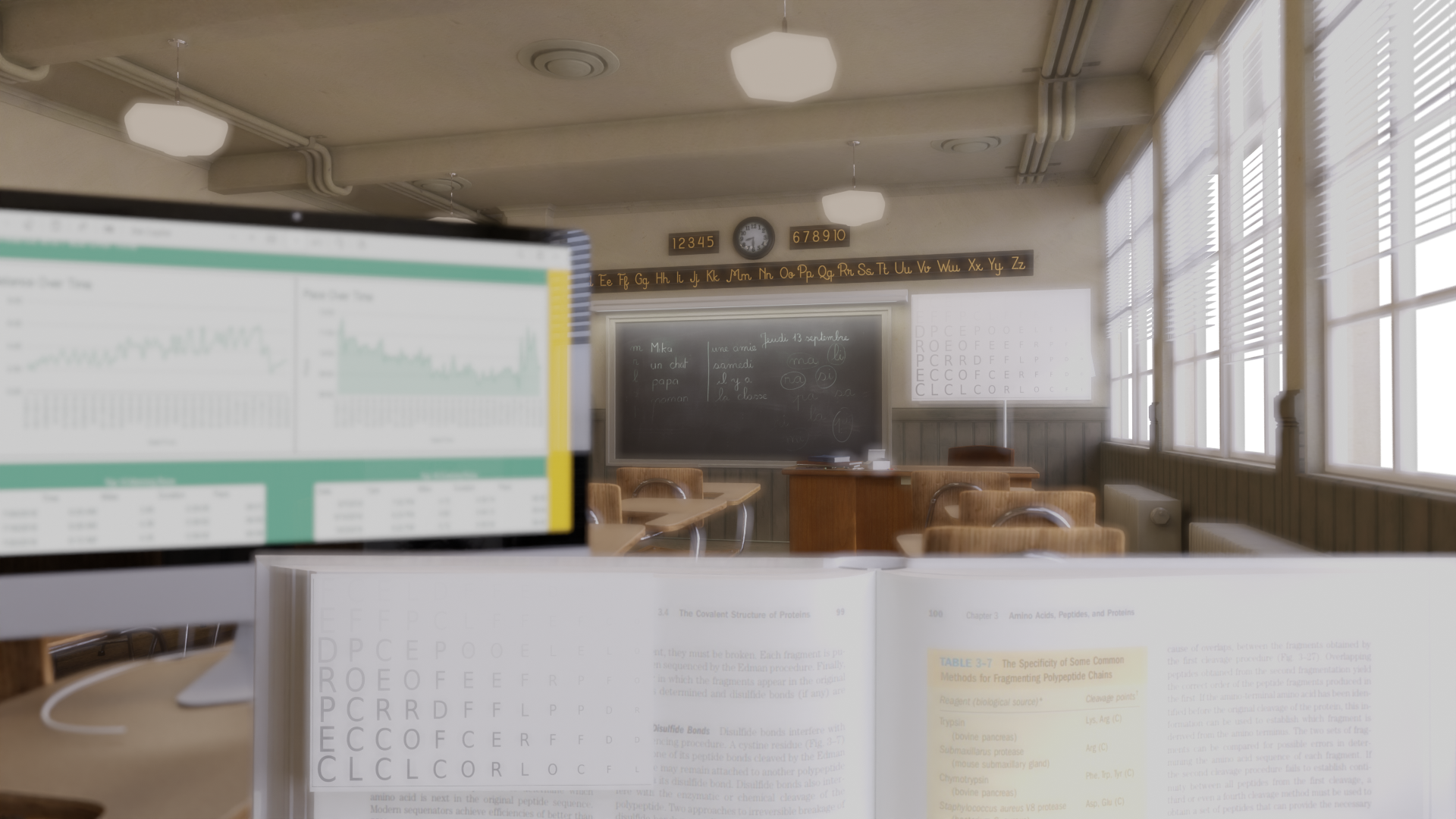How to see Mt. Everest from the United States (Sort of)
Note: This is part 2 of our Longest Sightline on Earth discussion.
Sometimes, Earth’s atmosphere does something weird.
For centuries, sailors have reported seeing ships floating above the horizon, distorted into ghostly shapes or even appearing upside down. They were not imagining things. What they were seeing was a real optical phenomenon called atmospheric ducting.
When the air near the ocean surface is much cooler than the air above it, light bends downward and follows the curve of the Earth much farther than normal. This bending can stretch sightlines tens or even hundreds of kilometers beyond the geometric horizon. Ships hidden by the curve suddenly become visible, hanging eerily in the sky.
Atmospheric ducting is causing this ship to appear like it is flying.
The same thing happens in polar regions, especially around Antarctica, where extreme temperature layers can make the sun rise before it should, or even appear briefly after it has already set. Light gets bent back toward the surface, letting observers see over the horizon in ways that feel like glitches in reality.
Ducting is the secret behind these ghost ships and phantom sunrises. And it is the key to answering today’s absurd question:
Could you stand somewhere in the United States and, if you squint, see Mt. Everest?
Recap from Part 1
In Part 1, we wandered down the rabbit hole of how far we can actually see, from the 4.7 km prairie horizon to the 336 km Everest line of sight, to some of the longest sightlines on Earth that stretch over 500 km.
But then, like any good overthinker, I started wondering: if you take all those sightline-extending variables and crank them to eleven, could a person see Mt. Everest from the other side of the earth? (all the way around the earth seemed too ridiculous, so I settled on halfway. And besides, the size of Mt. Everest as the target is really appealing at halfway around the earth, as you will see below).
The Earth's Atmosphere: Nature's Lens
In Part 1, we touched on how atmospheric refraction can bend light, letting you see farther than geometry alone would predict. Under normal conditions, the effect is mild. But when the atmosphere stacks itself just right with cool air below and warm air above, light can bend much more dramatically.
This is ducting. It is rare, but it happens. It has been tricking sailors and explorers for centuries. And it is the only hope our Everest vision beam has.
How Much Temperature Gradient Do You Need to Bend Light Around the Earth?
Time for some math.
For light to bend exactly along Earth's curve, the atmosphere would need to pull off a temperature inversion of about +12°C for every kilometer of altitude.
Here’s the reality check:
Normal atmosphere cools at -6.5°C per kilometer as you go up.
Strong natural inversions (like over oceans) might reach +5 to +10°C per kilometer, but only for a few hundred meters.
To keep light ducting perfectly along the Earth for 8863 km (distance ‘as-the-crow-flies’ from Everest north through China and Russia to Alaska), you would need +12°C/km maintained steadily for the entire path, most of which being land.
In short, Earth just isn’t built for that. The kind of extreme temperature inversions needed (where the air near the ground is much cooler and it gets significantly hotter as you go up) don’t happen over land. The atmosphere simply doesn’t stack itself that way. So if you’re hoping to see halfway around the planet, and your sightline crosses only land, you’re out of luck.
But What If... Over Water?
While seeing halfway around the planet is basically fantasy, there is a slightly less impossible idea if you get clever about it. Ducting happens more reliably over water because oceans are great at setting up the kind of temperature inversions that bend light downward, since they can cool the air that is directly above them.
And it just so happens there is a weird (albeit convenient for this blog post) trivia fact about Earth: The longest straight line you can draw across water starts at the Aleutian Islands in Alaska, crosses south through the Pacific, threads its way past the tip of South America and Antarctica, goes past the eastern coast of Africa and finally crashes into the coast of India, at the doorstep of Mt. Everest. It stretches almost 30,000 kilometers without hitting land once, a continuous watery highway across half the globe.
In other words, if you had a boat and absolutely refused to touch the steering wheel, you could float from Alaska to India without needing to dodge a single continent.
This water-heavy route would offer the best (but still terrible) odds of sustaining the kind of extreme ducting needed to push a sightline beyond anything normally possible.
Total distance? About 30,000 km.
How Big Would the Target Need to Be?
You are standing on one of the Aleutian Islands in Alaska, looking south east. The ducting gods have smiled upon you. A light beam has skimmed through the Mozambique Channel, past Antarctica, across the Pacific, and hits your retina located (technically) in the USA.
How big would something have to be for you to actually see it with 20/20 vision?
With 20/20 vision, the minimum angular size you can resolve is 1 arcminute (1/60 of a degree). Over 30,000 km, the minimum object size would be:
Size = θ × distance
Where:
θ = 1/60 = 0.000290888 radians
Distance = 30,000,000 m
Size = 0.000290888 × 30,000,000 ≈ 8,726 meters
So the object would need to be 8.7 km tall and wide, almost exactly the height of Mt. Everest.
So... Can You See Mt. Everest from Alaska?
Not a chance. The atmosphere is just not stable or kind enough to set up a +12°C/km inversion for 30,000 km. But this water-skimming route gives you slightly better odds. Slightly. As in, you have moved from "not happening" to "still not happening but now with a map."
Final Thought
The real magic of all this is not in the ridiculous Alaska-to-Everest sightline. It is in realizing that Earth's atmosphere is already doing tiny versions of this every day.
Ghost ships, double sunsets, and mirage cities are little glimpses of what happens when nature bends the rules for a moment. The world is already weird enough.
But it never hurts to imagine it being just a little weirder.
Dr. Burke is an optometrist at Calgary Vision Centre who has a hard time leaving curious ideas alone. What starts as a simple question often spirals into deep dives through science, math, and mildly ridiculous hypotheticals. The thoughts shared above are for entertainment and education—not medical advice. For anything to do with your eyes, talk to your optometrist or health care provider.
























